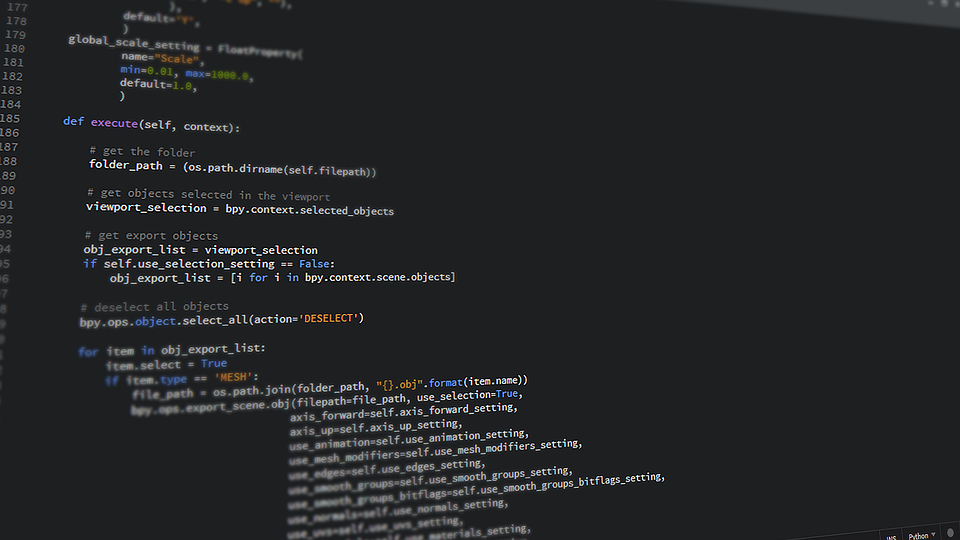In the fast-paced world of startups, time is often of the essence. Entrepreneurs and innovators are constantly under pressure to turn ideas into viable products and services before their competitors do. Traditional software development cycles, which can take months or even years, can be a significant barrier to quick iteration and market entry. Enter Rapid Application Development (RAD) and the rise of low-code/no-code platforms—game-changers that allow startups to significantly accelerate their development cycles.
What is Rapid Application Development?
Rapid Application Development (RAD) is a set of software development methodologies aimed at fast-tracking the process of creating functional applications. RAD emphasizes quick prototyping, collaborative feedback, and iterative development, allowing teams to adapt to changes and build applications that better suit user needs.
This approach stands in stark contrast to traditional approaches that rely heavily on long planning phases and extensive documentation, which can slow down progress and stifle innovation. With RAD, the focus shifts to creating a working model of your application as quickly as possible, enabling you to continuously improve and pivot based on real user data.
The Rise of Low-Code/No-Code Platforms
The advent of low-code and no-code platforms has further propelled the RAD movement forward. These platforms have democratized application development by providing user-friendly interfaces that allow individuals with little to no coding experience to create functional web applications. Tools like Bubble, Webflow, and others are at the forefront of this revolution.
A Paradigm Shift for Non-Developers
Low-code/no-code platforms are designed to liberate non-technical individuals, enabling them to take an active role in the development process. This shift is empowering a diverse set of creators—entrepreneurs, product managers, and even marketers—to build applications without the need for extensive programming knowledge.
-
Ease of Use: Low-code/no-code tools often feature drag-and-drop interfaces, enabling users to design applications by manipulating visual components. This is a stark contrast to traditional coding environments that require an understanding of complex syntax and logic.
-
Rapid Prototyping: With pre-built templates and functionalities, users can prototype ideas in a fraction of the time it would take using traditional coding methods. This rapid prototyping allows startups to get feedback from early users much sooner in the development process.
-
Cost Efficiency: Hiring a team of developers can be expensive, especially for startups operating on tight budgets. Low-code/no-code platforms provide a cost-effective solution, allowing startups to allocate resources more efficiently while still advancing their product development.
- Iteration and Agility: Startups thrive on innovation and iteration. Low-code/no-code platforms allow for rapid changes and adjustments based on user feedback. As market demands shift, entrepreneurs can modify their applications quickly, ensuring they stay relevant and competitive.
The Impact of Platforms Like Bubble and Webflow
Bubble: The Versatile Powerhouse
Bubble is a leading no-code platform that empowers users to create fully functional web applications with complex logic and dynamic data. With its comprehensive set of tools, Bubble enables startups to build MVPs (Minimum Viable Products) quickly and efficiently. Users can connect databases, create user interfaces, and even incorporate payment systems without writing a line of code.
The platform’s versatility makes it an ideal choice for entrepreneurs looking to launch innovative products without the high cost of hiring developers. Startups can develop unique solutions tailored to niche markets, test their viability, and adjust them based on user input—all in record time.
Webflow: The Design-Driven Choice
Webflow, on the other hand, focuses more on design while still providing powerful capabilities to develop dynamic, responsive websites. Startups can craft stunning landing pages, e-commerce platforms, or complete websites without needing advanced design or coding skills. Its unique visual interface allows users to see their changes in real time, fostering an environment conducive to creativity and rapid iteration.
Webflow integrates seamlessly with various content management systems and e-commerce tools, allowing startups to launch and maintain their digital presence effectively. This simplifies the process of web design, equipping entrepreneurs to create captivating user experiences that drive engagement and conversions.
Conclusion: Driving Innovation at Breakneck Speed
The rise of Rapid Application Development, coupled with the proliferation of low-code/no-code platforms, has fundamentally changed the landscape of software development, particularly for startups. By empowering non-developers to create functional applications and rapidly iterate based on user feedback, these tools have driven innovation forward at breakneck speed.
As startups continue to leverage these platforms, we will likely see an explosion of creative solutions addressing diverse market needs, further illustrating the significance of speed and adaptability in today’s digital landscape. The future of application development is not only about professional developers but about empowering anyone with a great idea to bring it to life. With RAD and low-code/no-code platforms leading the way, the possibilities are endless.



